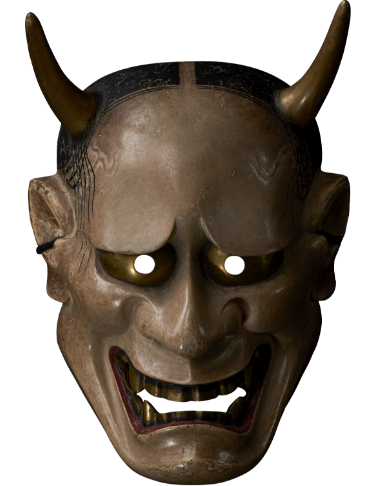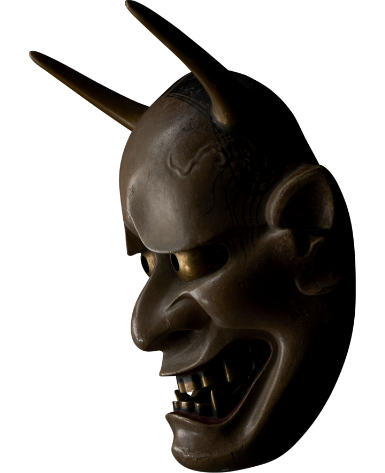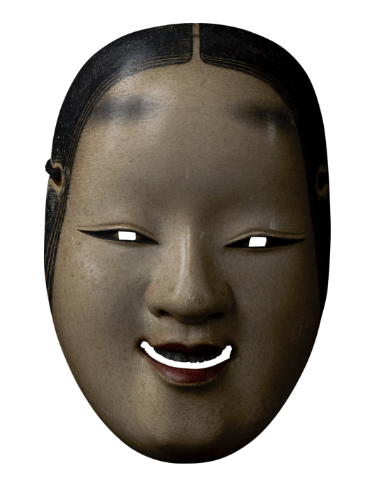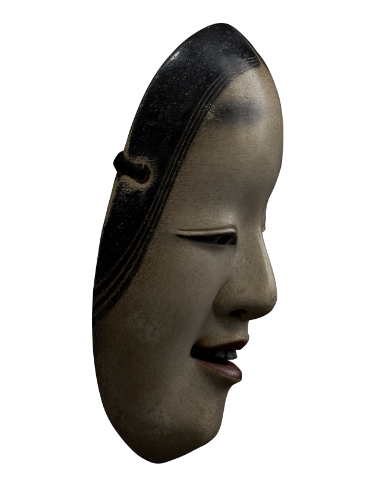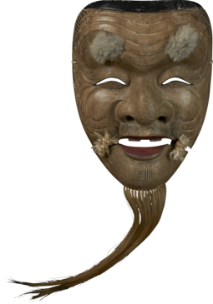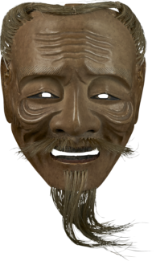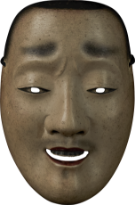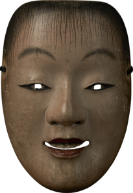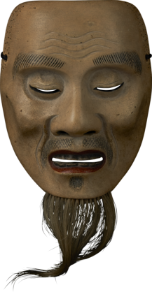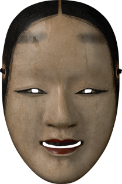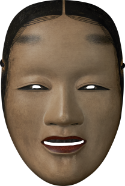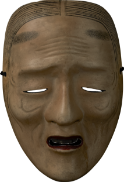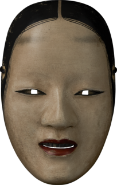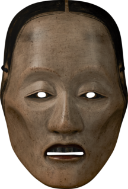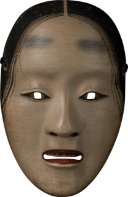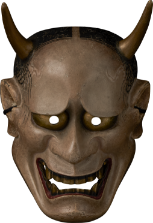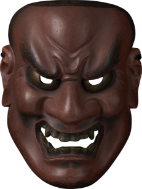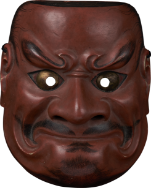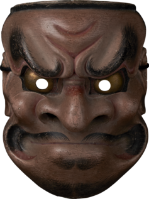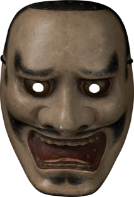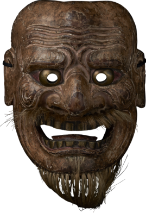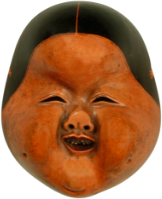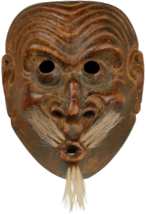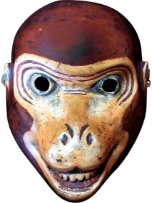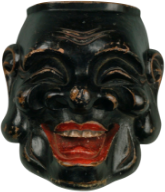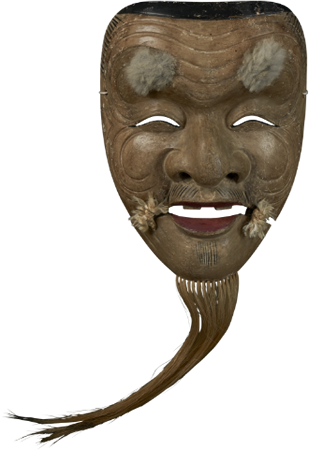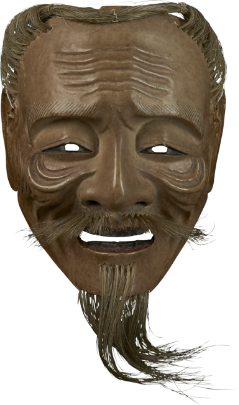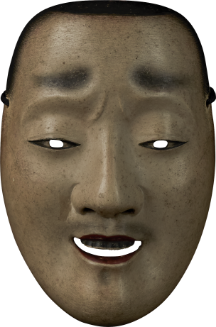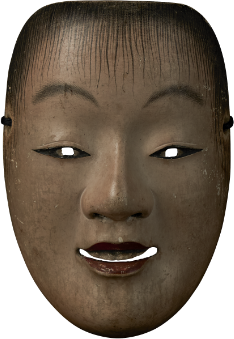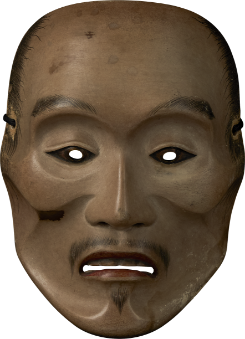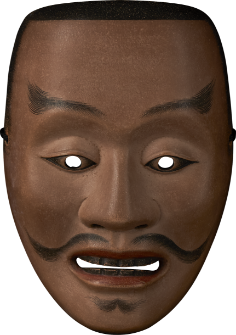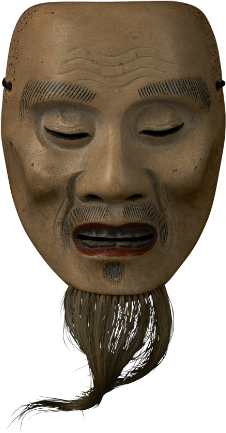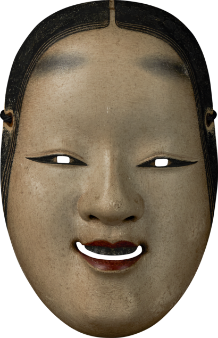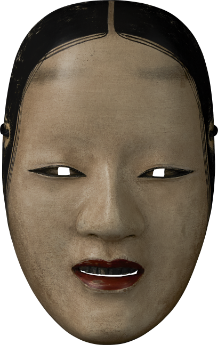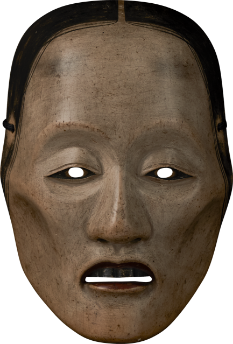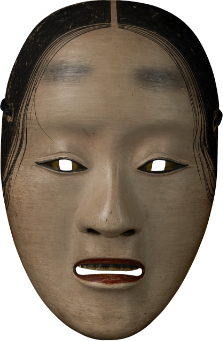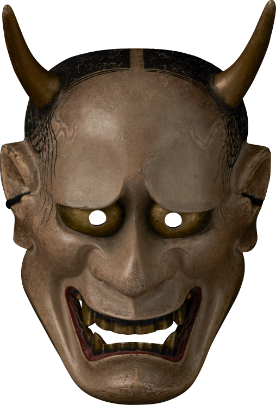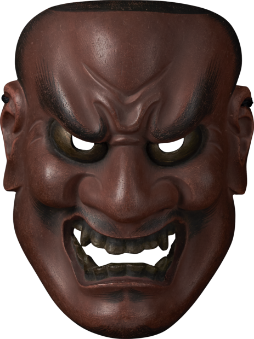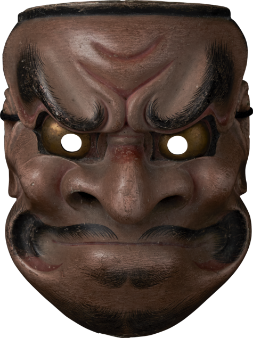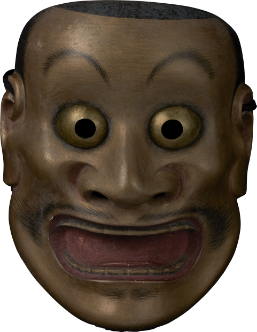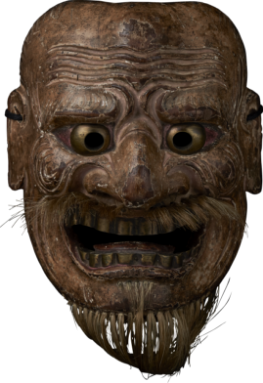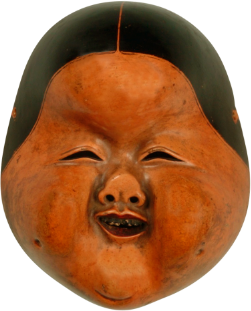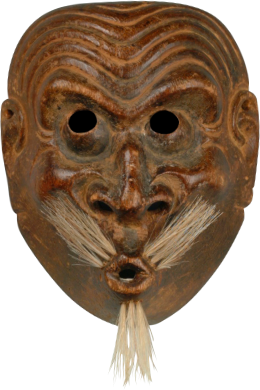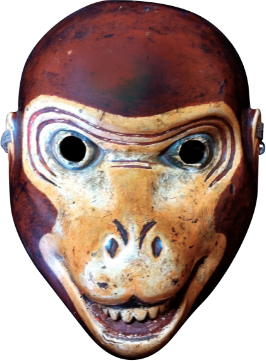
Noh Masks

Noh Masks

- Superlative Sculptures
- Noh is a masked drama, one of many theatrical art forms that employ masks
Not all noh actors wear masks. For instance, male characters living in the dramatic present do not use masks. However, masks are a necessity for all female roles, because in the past all noh performers were men. The men also performed the roles of old people, ghosts, gods, demons, tengu goblins, and people with special characteristics. All these roles utilize masks.
Noh masks are categorized into twenty large groups and about two hundred name-types, which are created with the various plays in mind.
Masks generally capture a single moment of human emotion, but the best noh masks manage to express not just one emotion but the entirety of a complex person.
While the face is said to be a manifestation of what is in the heart or mind, the noh mask can express the depth of thought and feeling even better than a human being can.
- Noh mask: Hannya
- A woman suffering from jealousy and bent on venting her anger.
The rage festering deep inside her heart sprouts horns; her mouth, split to the ears, represents anger, yet within her strong eyes lurks a deep sadness.
- Masks that express
complex feelings. - In Japanese, a face devoid of expression is described as “noh-mask like.”
Indeed, at first glance, noh masks may appear to be expressionless. But that is because they express various emotions knitted together in a complex form.
Since a noh mask is worn for an entire play lasting one or two hours, a mask limited to a single expression becomes lifeless; it must be able to sustain a range of expressions. As the play progresses, the actor’s technique brings out the emotions within the mask, and, filled with the life given to it by the actor, the noh mask itself does the performing.
The noh mask is the noh actor’s partner in performing the drama of human emotions.
- Masks that express
complex feelings - In Japanese, a face devoid of expression is described as “noh-mask like.”
Indeed, at first glance, noh masks may appear to be expressionless. But that is because they express various emotions knitted together in a complex form.
Since a noh mask is worn for an entire play lasting one or two hours, a mask limited to a single expression becomes lifeless; it must be able to sustain a range of expressions. As the play progresses, the actor’s technique brings out the emotions within the mask, and, filled with the life given to it by the actor, the noh mask itself does the performing.
The noh mask is the noh actor’s partner in performing the drama of human emotions.
Some of the main types of masks

- Male masks:
Bony old men and sweet young boys

-
Kyogen Masks
Witty and playful presentation
Masks made specially for kyogen reflect a fun-loving playfulness that flips the sophisticated noh upside-down.


